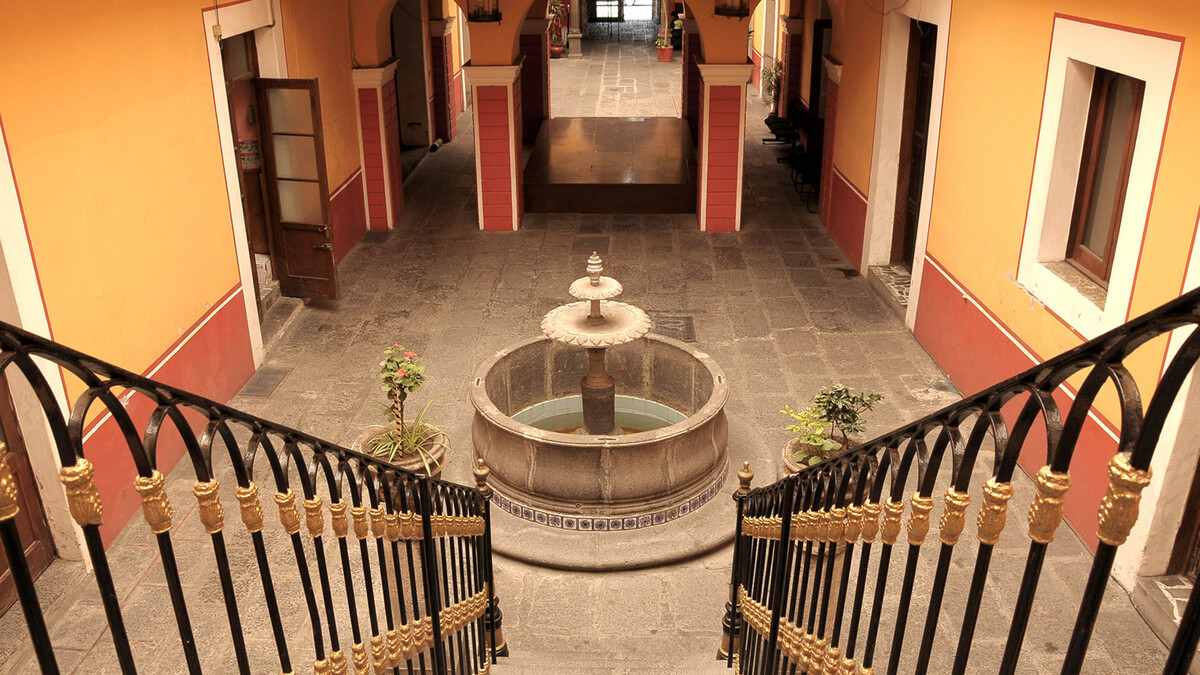The space where to a greater extent we develop our life, Now a small town, now a large city, it is nothing but a limited area of nature, an area tamed and subjected to the particular human design, which provides it with features unique, usually classified as artificial, which also implies longing for a real contact with that nature presumably disappeared under the asphalt.
In certain circumstances, such as those derived from a lockdown, the meager living space is restricted to the home and what is perceived from it through the windows and terraces, which thus take on a special relevance, hitherto underestimated. And when the restriction takes place scale municipal, parks and gardens, lawns and trees, they transplant us to the friendly face of the paved ground, so often humiliated with rubbish or excrement. A careless citizen domain full of the scars that the passage of time has conferred on it; an inheritance that still we have to learn to appreciate it at its fair value.
The environment in which our existence unfolds counts. And it counts for a lot. From the small apartment to the urbanization of the citizen environment. That is why their conception and structure are so important, for all of which the architect who projects them, the first guarantor of harmony between man and his habitat, responds. As it does Carme Pinós, to whom, among other works, the design of the CaixaForum Zaragoza, whose professional career is currently dedicated to an exhibition at the ICO Museum in Madrid, the first exhibition starring a woman and which, precisely, is entitled ‘Scenarios for life’. Architecture creates landscapes, creates city. But, above all, it builds the framework where we will spend most of our lives.





